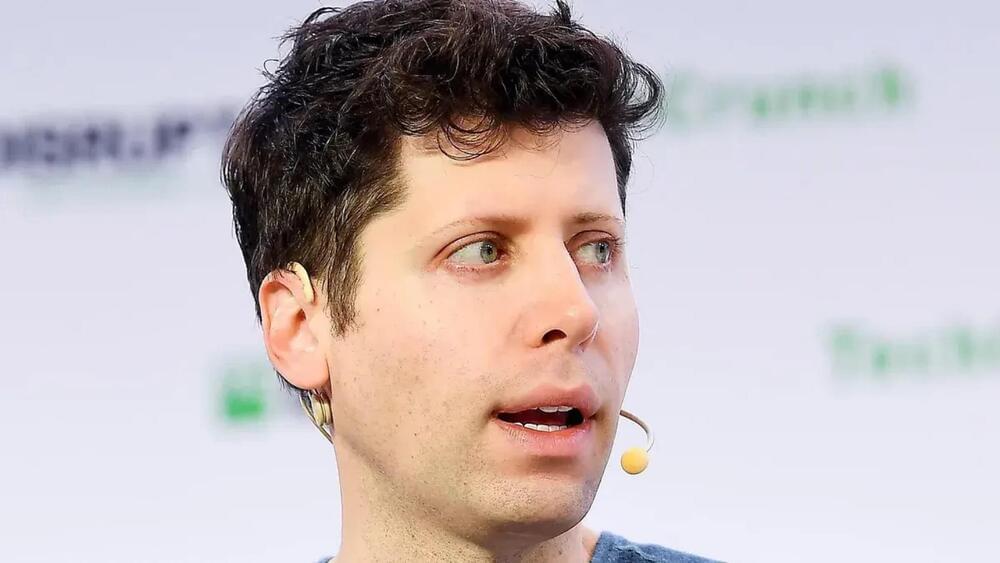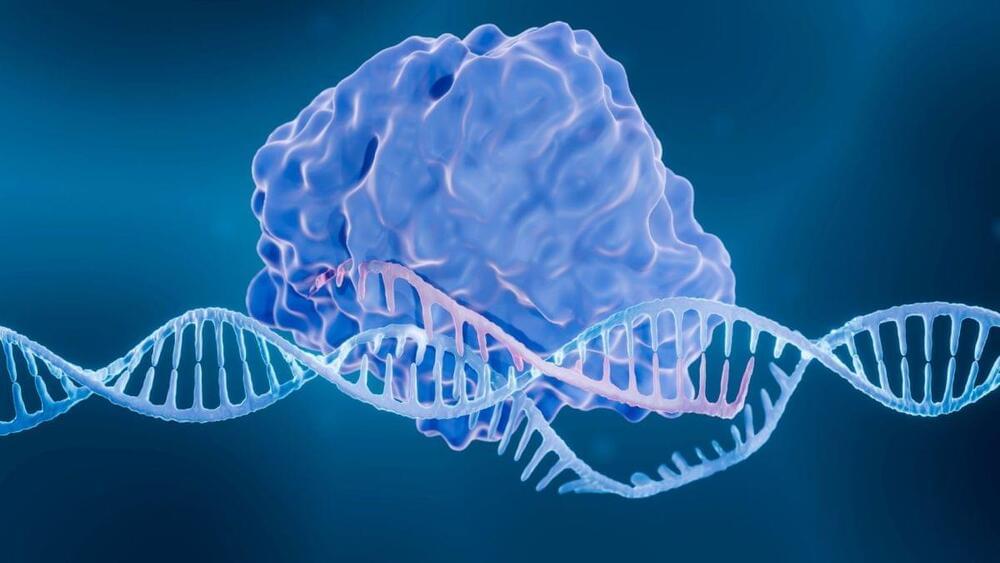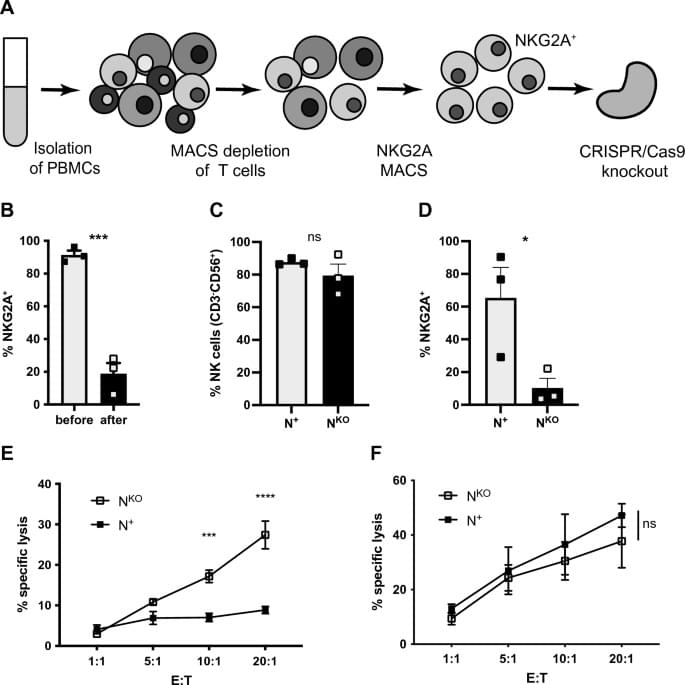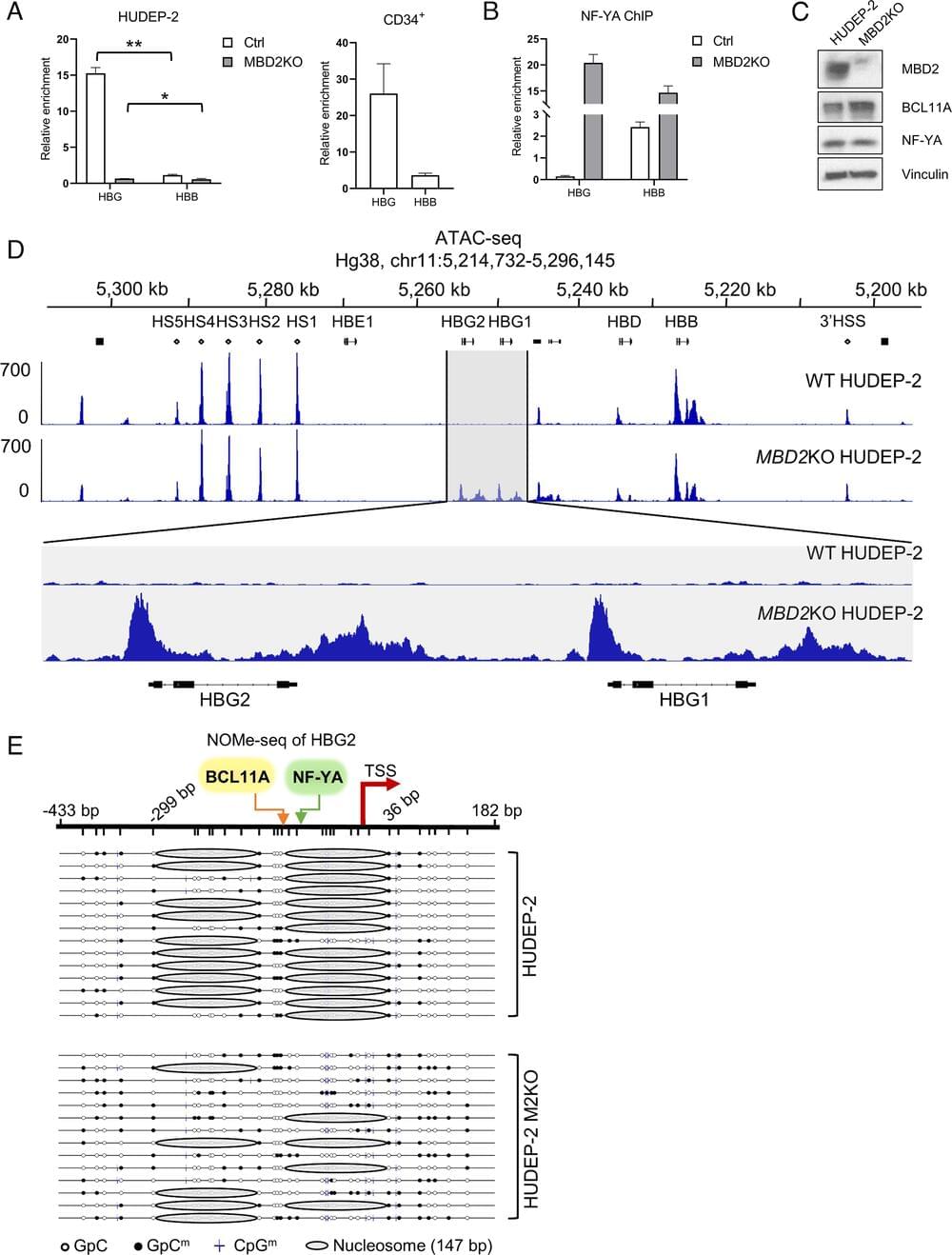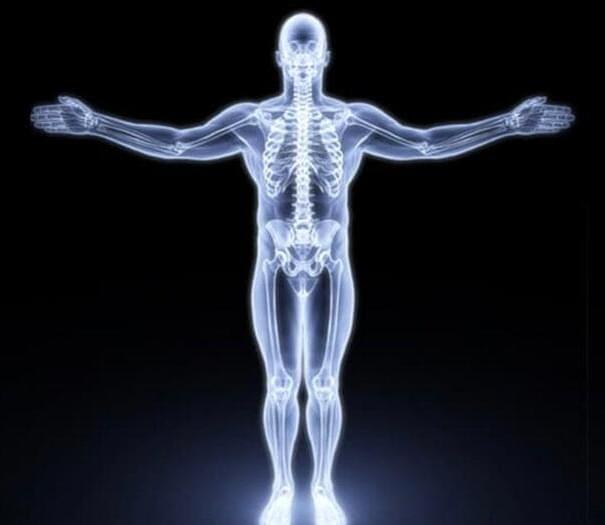Page 2619
Jul 2, 2023
ChatGPT parent company OpenAI to open first office outside the US in London
Posted by Gemechu Taye in category: robotics/AI
CEO Sam Altman says London location is an “opportunity to attract world-class talent”.
As artificial intelligence (AI) takes center stage globally, with new regulations on the horizon, a leading firm in the space is looking to expand internationally.
San Francisco-based ChatGPT’s parent company OpenAI announced this week that it would begin to expand outside the US, with London selected as the location for its first international office.
Jul 2, 2023
Meet ‘Fanzor,’ the 1st CRISPR-like system found in complex life
Posted by Shubham Ghosh Roy in category: biotech/medical
Scientists discovered Fanzor proteins, which work like CRISPR but are smaller and more easily delivered into cells, and used them to edit human DNA.
Jul 2, 2023
A Nikola Tesla Statue That Provides Free Wi-Fi
Posted by Omuterema Akhahenda in category: internet
Statues of famous and noteworthy people are a usual sight in a city or town, but one particular statue of Nikola Tesla in Palo Alto, California, in the heart of Silicon Valley, doesn’t just stand there and do nothing. It emits free Wi-Fi.
Jul 2, 2023
This is what it’s like to control an autonomous car from miles away
Posted by Omuterema Akhahenda in categories: robotics/AI, transportation
The exit ramp is a long, curving slope, and you have to make sure the 50-foot big rig you’re driving carefully navigates the bend and doesn’t fly out of control at a high speed.
But the thing is, you’re not actually there. You’re in a room in Silicon Valley, watching the ramp unfold in front of you on several screens. That heavy load you’re carrying is thousands of miles away in Florida.
Welcome to teleoperated driving, or remote-controlled driving with a human in front of a steering wheel, brake, and gas pedals, and a “windshield” plastered with monitors. It’s a method that allows autonomous vehicles to operate without anyone inside. Instead, there’s a watchful remote driver, or operator,… More.
Continue reading “This is what it’s like to control an autonomous car from miles away” »
Jul 2, 2023
The NK cell checkpoint NKG2A maintains expansion capacity of human NK cells
Posted by Omuterema Akhahenda in category: biotech/medical
Human natural killer (NK) cells are cytotoxic effector cells that are increasingly harnessed in cancer immunotherapy. NKG2A/CD94 is an inhibitory receptor on NK cells that has established regulatory functions in the direct interaction with target cells when engaged with its ligand, the non-classical HLA class I molecule HLA-E. Here, we confirmed NKG2A as a checkpoint molecule in primary human NK cells and identified a novel role for NKG2A in maintaining NK cell expansion capacity by dampening both proliferative activity and excessive activation-induced cell death. Maintenance of NK cell expansion capacity might contribute to the preferential accumulation of human NKG2A+ NK cells after hematopoietic cell transplantation and enrichment of functionally impaired NK cells in human cancers. Functional silencing of NKG2A for cancer immunotherapy is highly attractive but will need to consider that this might also lead to a reduced survival by driving activation-induced cell death in targeted NK cells.
Jul 2, 2023
MBD2a–NuRD binds to the methylated γ-globin gene promoter and uniquely forms a complex required for silencing of HbF expression
Posted by Omuterema Akhahenda in categories: biotech/medical, genetics
Reversal of fetal hemoglobin (HbF) silencing can ameliorate the effects of sickle cell anemia. Despite available gene therapy and stem cell transplantation modalities, the majority of affected patients worldwide will not have access to these in the near future. Thus, there is a need for safe and effective small-molecule therapeutics. We report here that stable occupancy of a major HbF silencing complex containing BCL11A, MBD2a–NURD, and PRMT5 and exclusion of the transcriptional activator NF-Y at the γ-globin gene promoter require specific features of MBD2a. These results provide a unified model for the relationships between the previously reported HbF silencers MBD2–NuRD, BCL11A, DNA methylation, and PRMT5 that may facilitate development of therapeutic agents to reverse HbF silencing.
During human development, there is a switch in the erythroid compartment at birth that results in silencing of expression of fetal hemoglobin (HbF). Reversal of this silencing has been shown to be effective in overcoming the pathophysiologic defect in sickle cell anemia. Among the many transcription factors and epigenetic effectors that are known to mediate HbF silencing, two of the most potent are BCL11A and MBD2–NuRD. In this report, we present direct evidence that MBD2–NuRD occupies the γ-globin gene promoter in adult erythroid cells and positions a nucleosome there that results in a closed chromatin conformation that prevents binding of the transcriptional activator, NF-Y. We show that the specific isoform, MBD2a, is required for the formation and stable occupancy of this repressor complex that includes BCL11A, MBD2a–NuRD, and the arginine methyltransferase, PRMT5. The methyl cytosine binding preference and the arginine-rich (GR) domain of MBD2a are required for high affinity binding to methylated γ-globin gene proximal promoter DNA sequences. Mutation of the methyl cytosine–binding domain (MBD) of MBD2 results in a variable but consistent loss of γ-globin gene silencing, in support of the importance of promoter methylation. The GR domain of MBD2a is also required for recruitment of PRMT5, which in turn results in placement of the repressive chromatin mark H3K8me2s at the promoter. These findings support a unified model that integrates the respective roles of BCL11A, MBD2a–NuRD, PRMT5, and DNA methylation in HbF silencing.
Jul 1, 2023
Scientists Unveil New Results in Hunt to Pinpoint the Seat of Consciousness
Posted by Shubham Ghosh Roy in category: neuroscience
It found that consciousness may emerge from a grid-like interconnection of neurons at the back of the head.
Launched in 2019, the $20 million project, COGITATE, sought to explore an age-old question: how does consciousness arise? The “outlandish” project threw the field into a tizzy for its audacity. But it set up a fair fight: the teams collaborated on specific experiment designs, published them online, and pre-registered predicted results based on each of their championed theories.
Human brain scan data was then collected from six theory-neutral labs around the world, with the results judged by three experts with no money in the game to see how well the measured results matched predicted ones.
Jul 1, 2023
Benefits of Virtual Patients in Orthopaedic Implant R&D
Posted by Shubham Ghosh Roy in category: biotech/medical
Better communication between surgeons and engineers, better fit, and faster design iteration are among the benefits of using virtual patients for implant R&D.
Jul 1, 2023
What is life? Why cells and atoms haven’t answered the question
Posted by Shubham Ghosh Roy in category: biotech/medical

75 years after Erwin Schrödinger’s prescient description of something like DNA, we still don’t know the ‘laws of life.’

